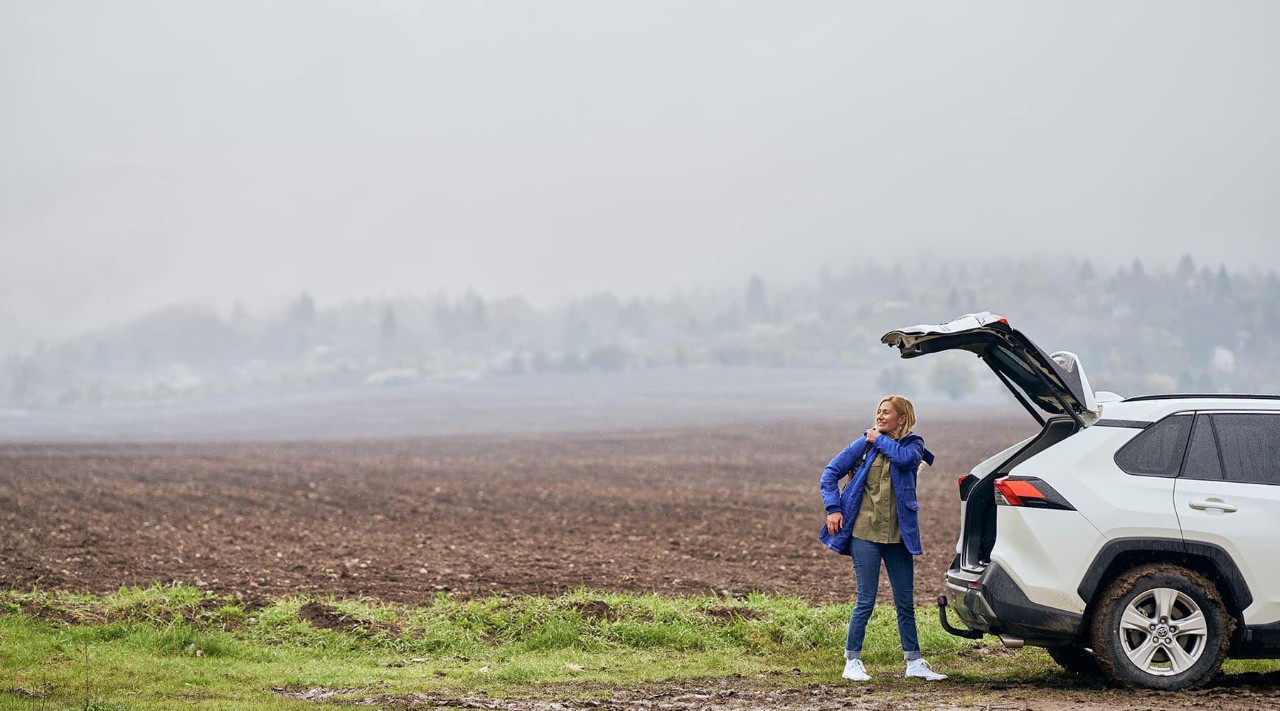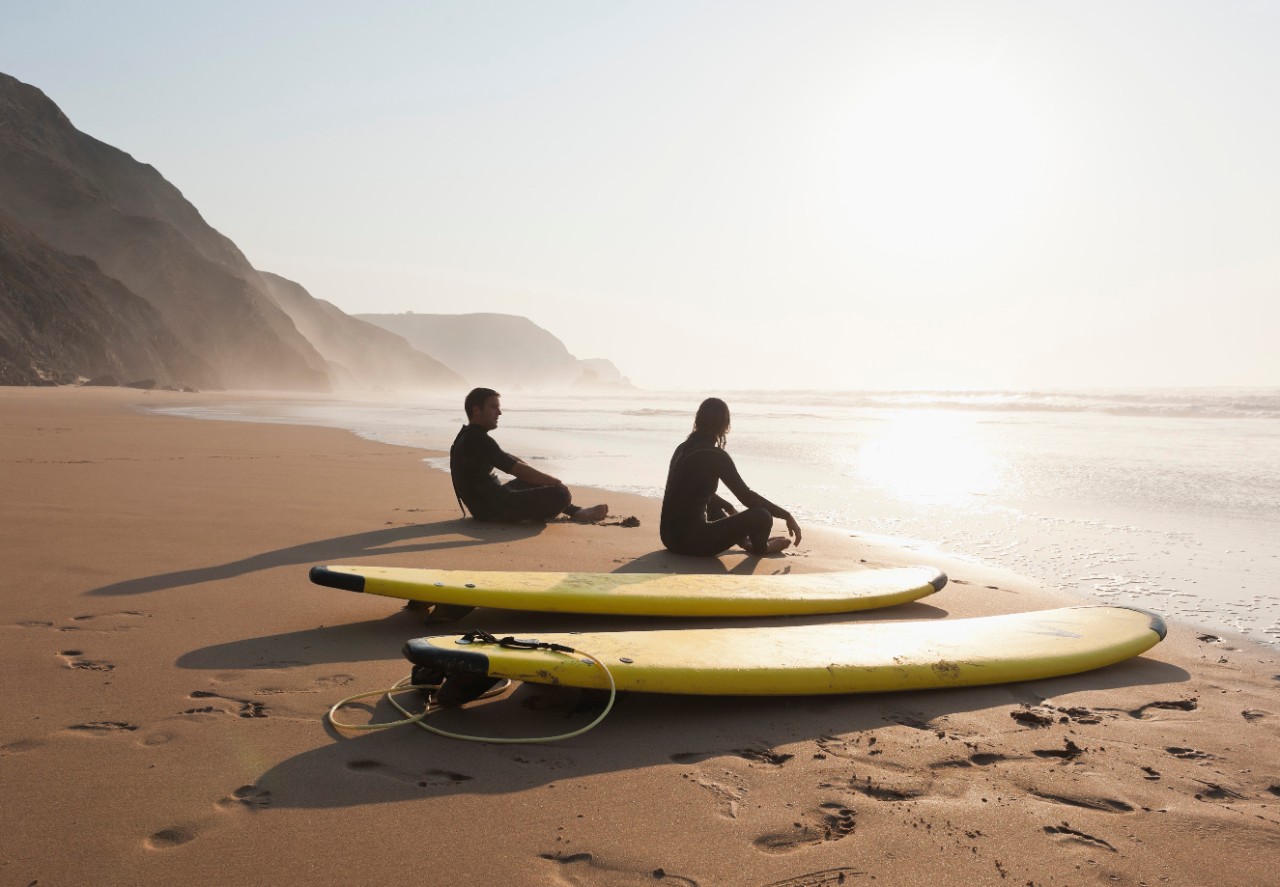By Melanie May, February 2023
With extreme weather events becoming increasingly common, driving in heavy rain is something you’re likely to encounter more frequently. It can significantly affect how you drive and can increase the risk of an accident or damage occurring to your car. So here are some top tips for staying safe while driving in heavy rain.
Ensure your wipers are up to the task
We sometimes take them for granted, but your windscreen wipers perform a hugely important task. That is, until they’re worn down, which reduces their ability to clear water from the glass, limiting how clearly you can see the road ahead.
Depending on use, a set of wipers should last at least one year with typical use. If your windscreen wipers need replacement, doing so is an easy job that requires no tools and generally takes only a few minutes. One way to improve the lifespan of your windscreen wipers is to ensure they are clean of dirt and debris. Lifting up the blades and cleaning them with a damp cloth is a good idea. Doing this ensures they have better contact with the windscreen and will clear water more effectively. We also recommend that you don’t leave your wipers running once the windscreen is dry and also refrain from trying to use your wipers to help clear frost and ice during winter. That is not the purpose of wipers and will accelerate their wear.
Stopping distances
It shouldn’t come as a surprise that the distance needed to stop your car safely can dramatically increase in heavy rain, but do you know how much of a difference rain can make? On a dry road, travelling at 50km/h, it can take 25 metres to bring a car to a stop. That distance can double to 50 metres in the rain — the equivalent of ten or more car lengths. As speed increases, so too does the stopping distance, and on a motorway, at 120km/h in the rain, you will need up to 170 metres — almost the length of two football pitches.
Keep your tyres in check
One of the most effective ways of maintaining control of your car in the rain is having suitable tyres fitted. Buying tyres from well-known and established brands can sometimes cost a little extra, but the differences in performance can be well worth it. The tread pattern on a car tyre helps clear water away and provide more grip. The higher your car’s grip levels, the better it will handle and, more importantly, stop. As your tyres wear down, the amount of rainwater they can channel away from the car can decrease, so it is essential to check your tyres once a month.
Car tyres do have wear indicators between the grooves to help you see. The minimum permitted tyre tread in Ireland is 1.6 mm, but we recommend that you have at least 3.0 mm for adequate performance. Generally, new tyres will have around 8.0 mm of tread depth. Another way to ensure you get the most from your tyres is to check their pressure once a month. Your car’s manual will have the recommended tyre pressures listed, and they’re often found on a sticker inside the driver’s door on the car’s frame. Ensuring correct tyre pressures will also keep the thread blocks open, enabling better water clearance.
Avoid standing water
Large bodies of standing water can quickly develop during heavy downpours and remain for some time afterwards due to drains becoming blocked with debris. You should avoid driving through these whenever possible for numerous reasons. Firstly, even if you know a particular section of the road, you can’t see what else is below the surface water. It’s not uncommon for extreme weather to wash away large stones and rocks, which could sit just below the waterline and could risk causing serious damage to your car.
If you have no option but to drive through the standing water, try to gauge how deep it is. Once you’re confident it’s not too deep for your car, proceed slowly. Driving faster can cause water to come up over the bonnet, risking water intake to the engine bay, which could cause serious harm to your car. When you’ve reached the other side, be sure to pump your brakes pedal a few times, as this will help clear the brakes and ensure that you still have full functionality.
Turn on your lights
Even during daytime hours, it is recommended that you keep your car’s headlights and rear lights on at all times. Some newer vehicles do this automatically, but it’s always good to be sure they’re activated. It will help to make your vehicle more visible to other road users. During inclement weather, it is vital that you do this, as the spray thrown up by your car can obscure it for vehicles travelling behind. In especially heavy rain, it can be a good idea to switch on your rear fog light to help indicate your car’s position to other road users.
Slow down
It might sound like an obvious thing to do, but many drivers often don’t adjust their speed to the conditions. As highlighted in our section on braking distances, reducing your speed in the rain can significantly improve your chances of stopping safely.
Information correct as of date of publishing. This blog will not be updated or edited so the information may become outdated.





